- Move More Minute
- Posts
- How To Fix Knee Pain
How To Fix Knee Pain
Learn How I Help My Patients Fix Their Knee Pain

Read Time: ~4 minutes
Time to perform exercises: ~8 minutes
Hey there!
Walking up stairs is annoying with knee pain.
Walking down? That’s when people really notice something’s wrong.
You’re not alone if your knee hurts every time you take a step down or descend a hill.
But here’s the good news:
For many people, this pain isn’t coming from the knee joint itself.
It’s coming from tight, overactive, or neglected tissues that surround it—and that means you can often fix it at home.
Why This Matters
Pain going downstairs is usually a sign that something in your system isn’t doing its job.
It could be:
A mobility issue — maybe your ankle or hip doesn’t move well enough to absorb force
A stability issue — maybe your glutes, quads, or core aren’t controlling the movement
Or a tissue issue — muscles around the knee are tight, overworked, or referring pain
The key is that these problems often overlap—and in many cases, poor tissue quality is at the root of all three.
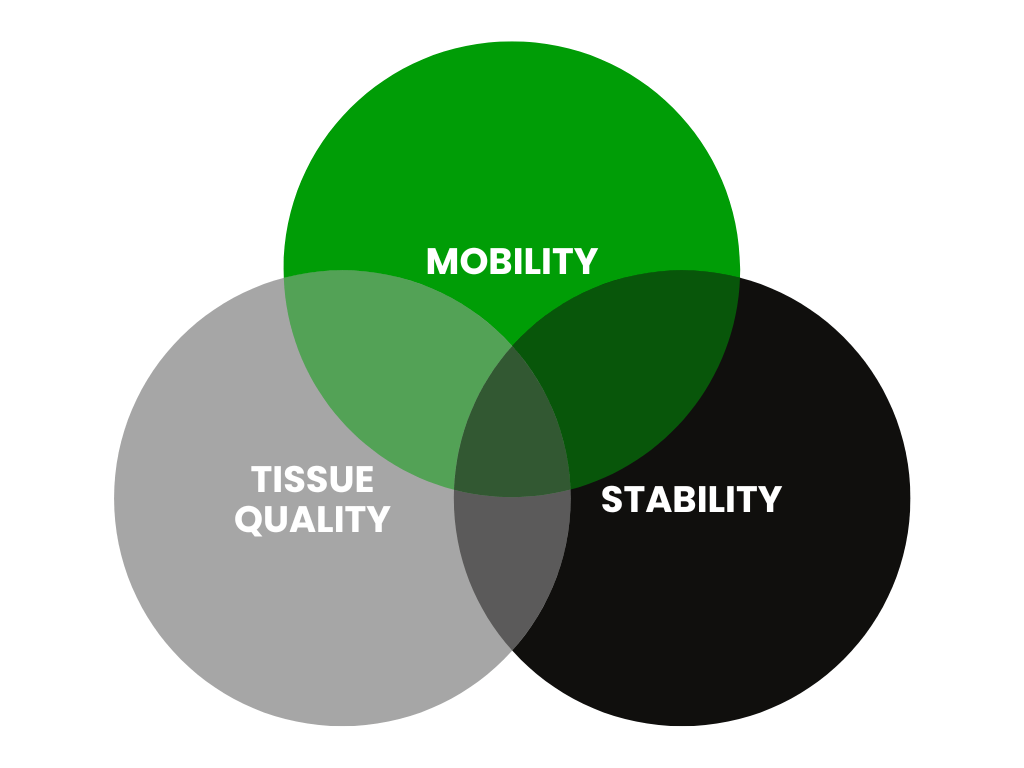
❌ Tight or restricted muscles can limit mobility.
❌ Painful or overactive tissues can shut down stability.
❌ And soft tissue dysfunction is often what starts the whole chain of compensation in the first place.
That’s why I almost always start there.
Tissue quality is simple to work on, easy to access, and one of the most common (if not the most common) sources of pain I see in the clinic.
What Most People Miss?
I’ve worked with hundreds of patients who have come in with knee pain that had lasted months (or even years) only to have it resolve once we addressed the real source: trigger points in the muscles around the knee.
Here’s what that looks like (in the images below, the X’s are the trigger points and the red areas are where the pain most commonly shows up):
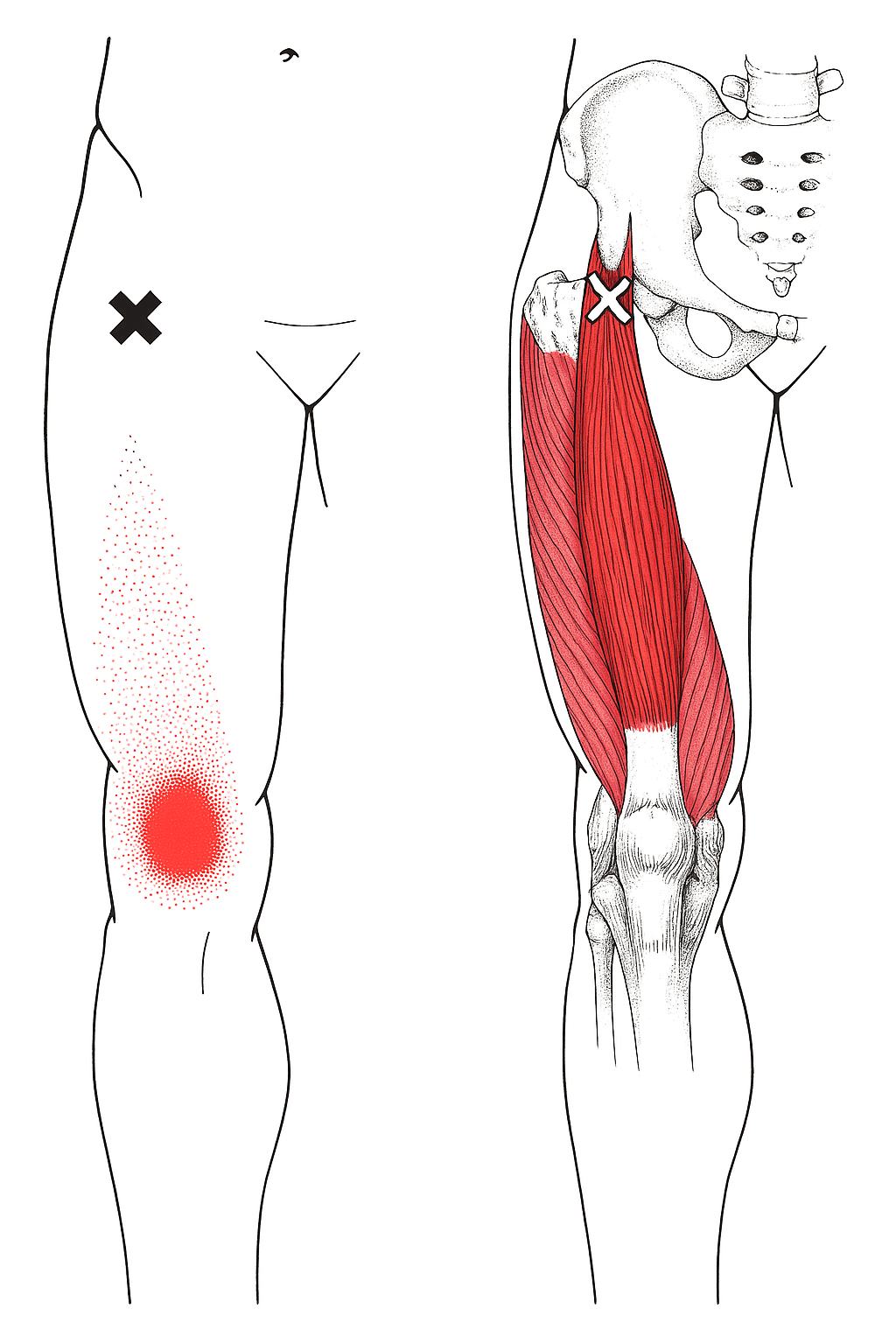
Rectus Femoris (front thigh)
Refers pain directly to the top of the kneecap or front of the knee — exactly where most people feel it when stepping down.
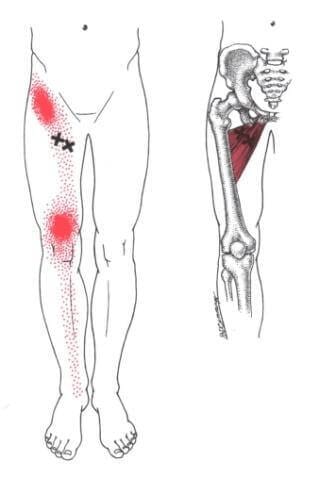
Adductors (inner thigh)
Can create pain or pulling on the inside of the knee, especially when shifting weight or controlling side-to-side movement on stairs.
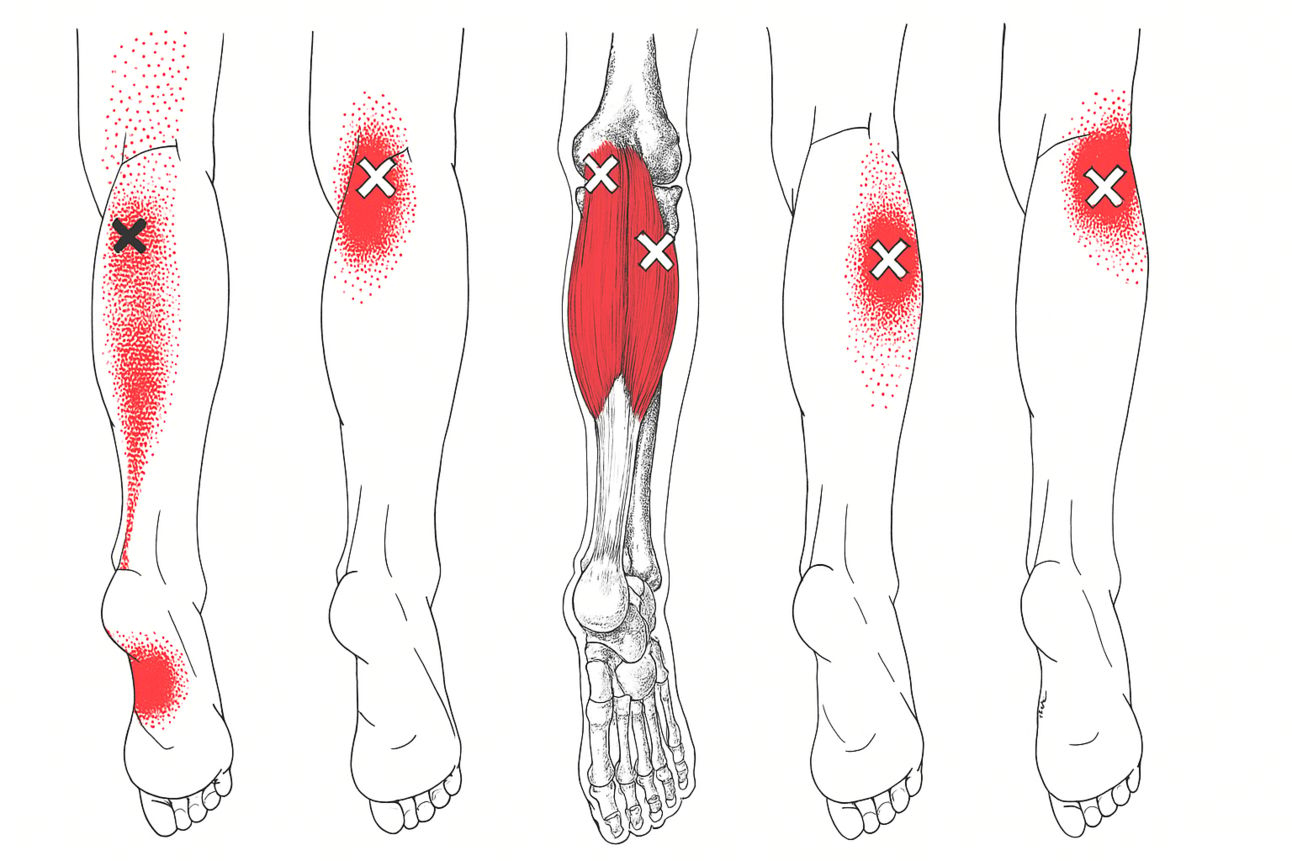
Gastroc & Soleus (calves)
Often refer pain to the back of the knee, which can feel like pressure or strain when lowering yourself down a step.
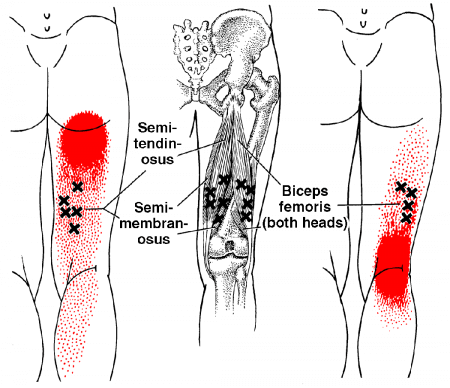
Hamstrings (back of thigh)
May trigger pain on the outside or backside of the knee, and can limit control as your knee bends going downhill.
These aren’t just tight muscles, they’re referral patterns that can mimic joint damage or arthritis.
And because going downstairs demands control, mobility, and proper tissue function, even a small problem in one of these areas can make your knee light up.
The best part?
You can start addressing them at home — and for many people, it’s the missing piece that finally brings relief.
Try This at Home: Trigger Point Release for Knee Pain
For each muscle below, find 3–4 tender spots, then pin and hold pressure on each one until the pain starts to decrease (usually ~30 seconds).
If you find a spot that recreates your exact knee pain, that’s likely the source — spend extra time there.
You may notice immediate relief, but to make the results stick, do this 3-4x/week for 2–4 weeks.
You might be surprised how much better you feel.
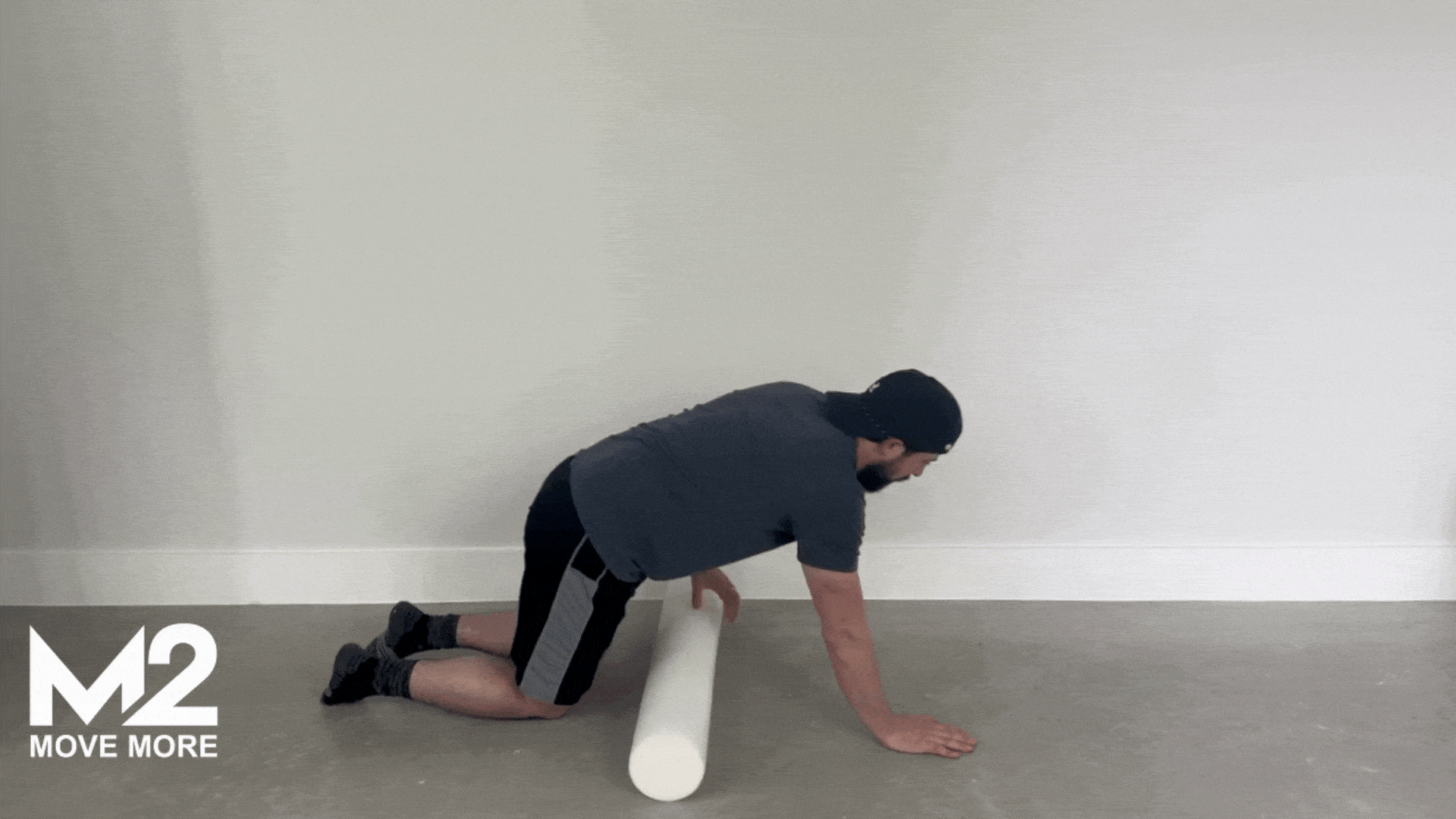
Lie face-down and use a foam roller or ball to explore the center of your thigh. Pin and hold pressure on each trigger point.
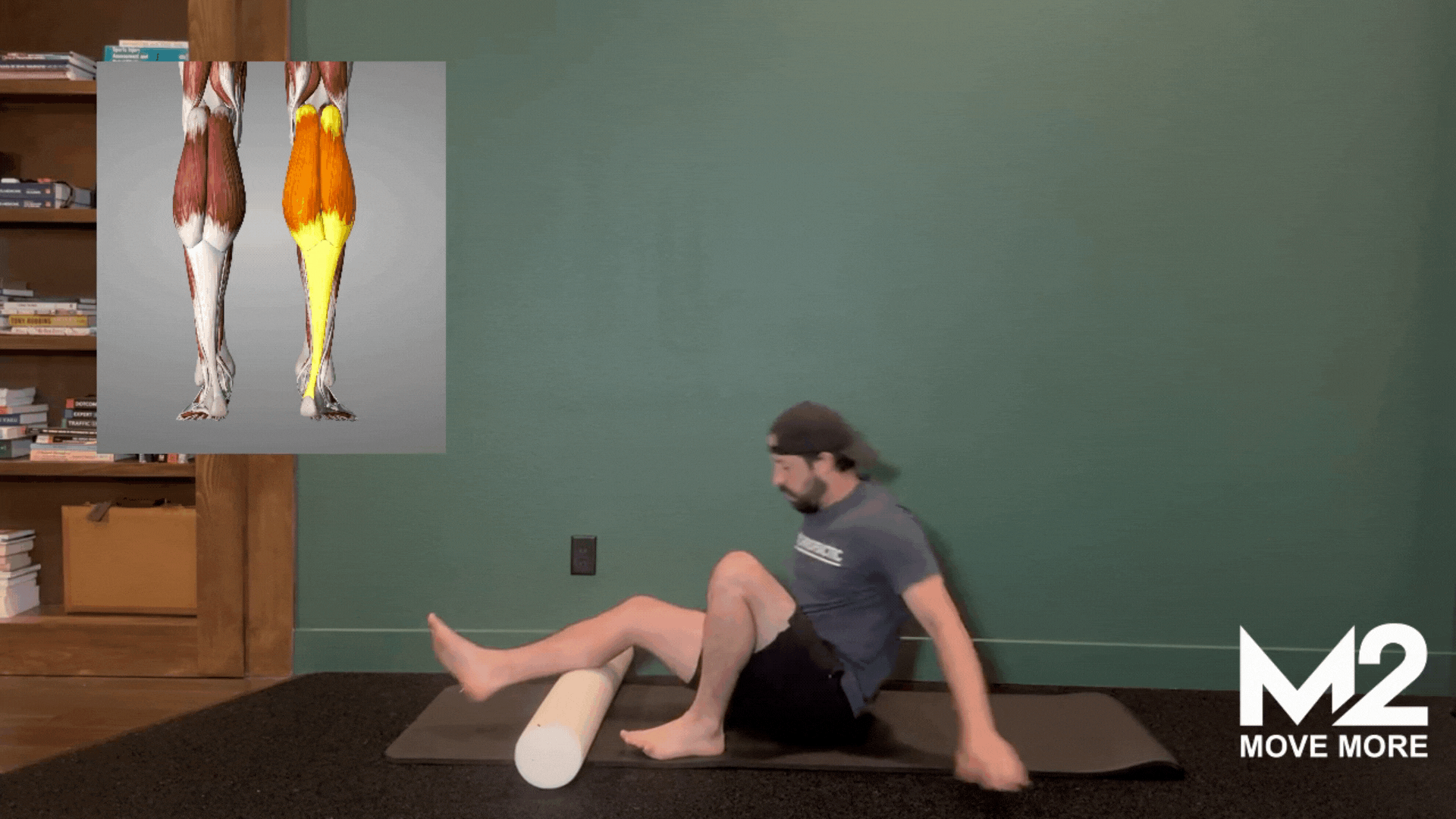
Sit on the floor with a roller or ball under your calf. Cross your other leg on top to add pressure, and slowly search for tender areas.
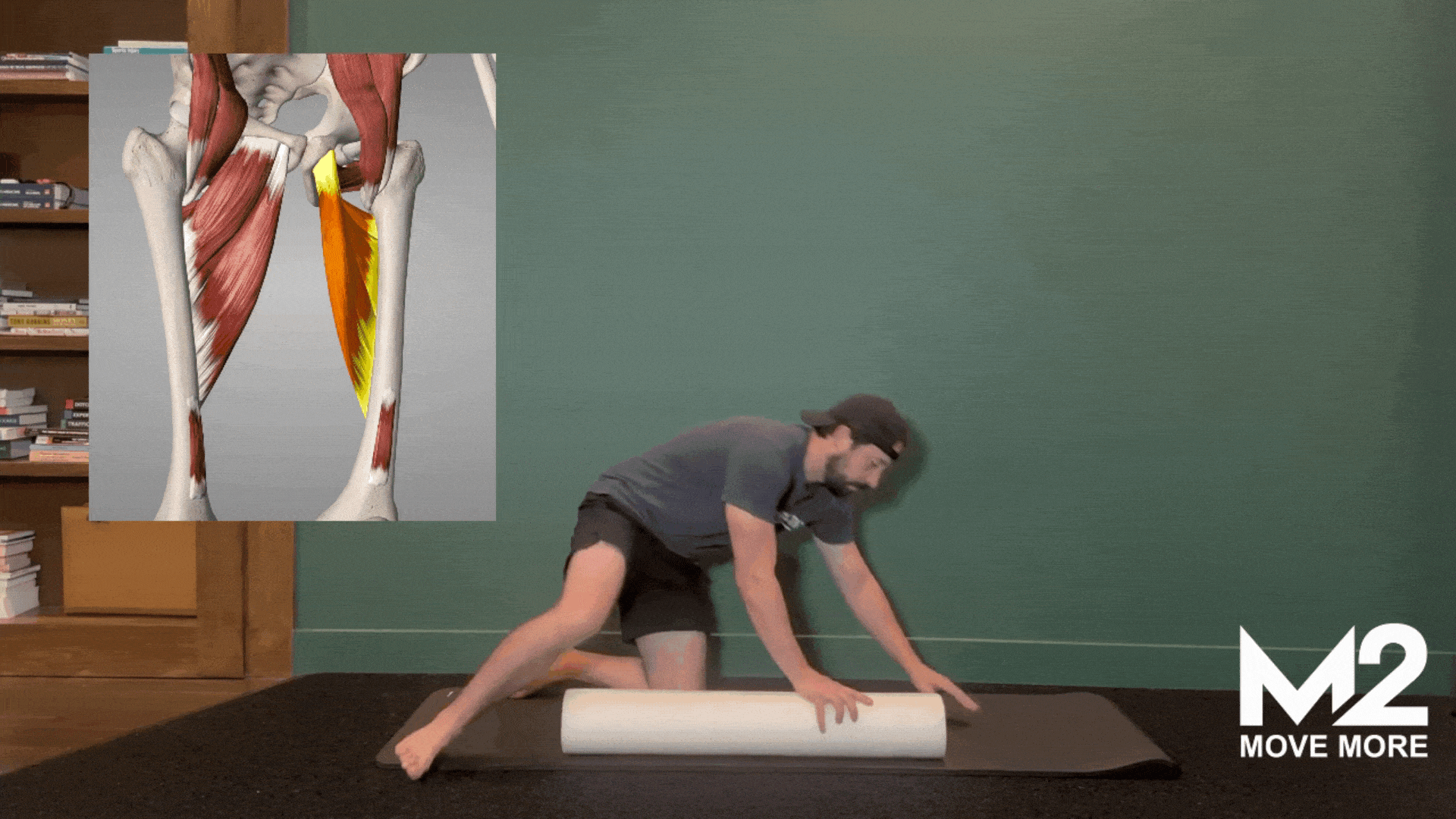
Place a ball under the inside of your thigh while lying face-down. Use small movements to find trigger points just above the knee.
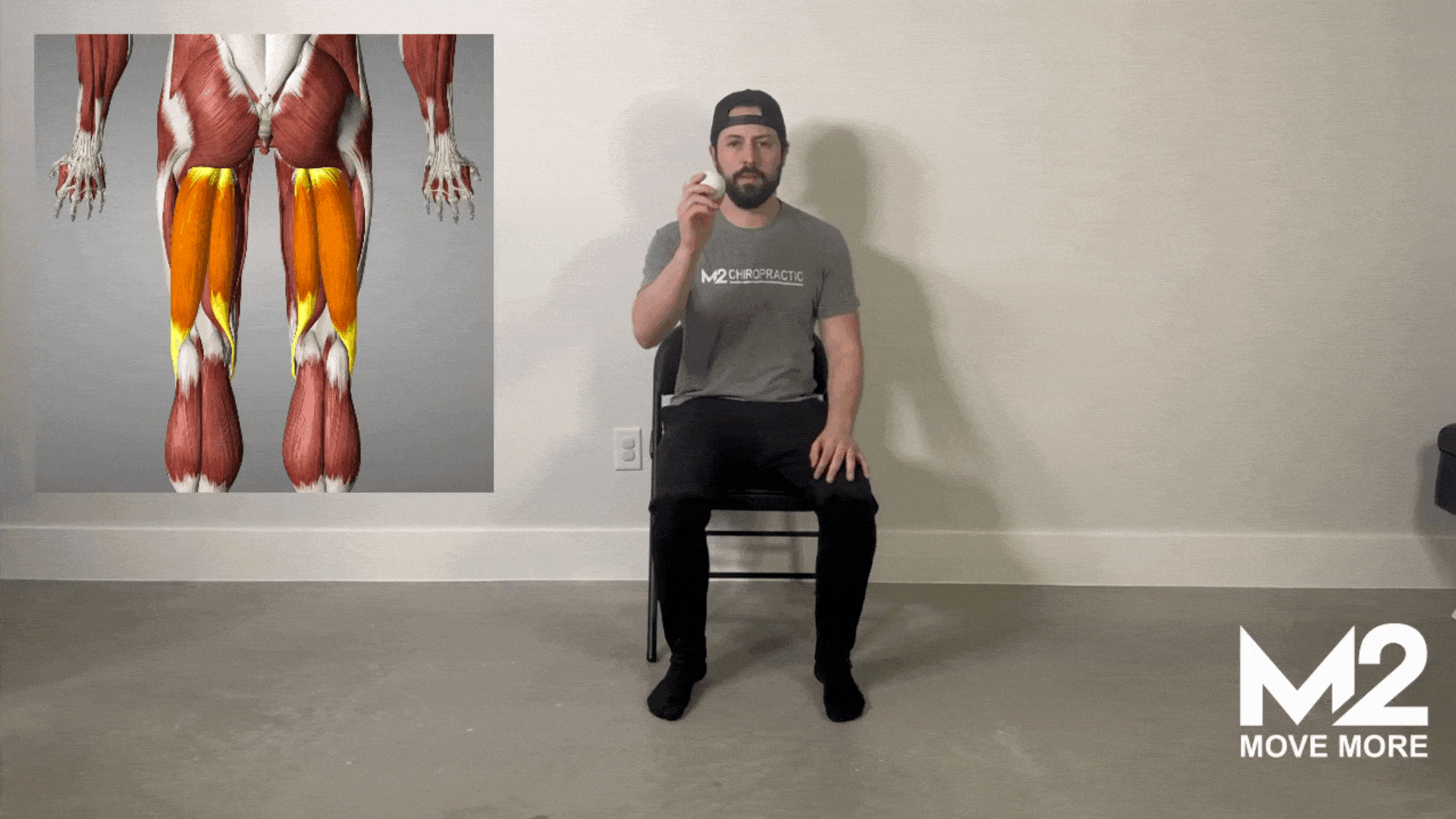
Sit on a ball or roller positioned just above the back of your knee. Shift your weight until you find the right spot, then hold.
Need Help With Mobility or Strength?
We covered that in a previous edition:
👉 How to Move More: Knee Flexion
That issue walks you through:
✅ A simple self-assessment for knee mobility
✅ Mobility drills to improve knee flexion
✅ Strength exercises to build control and confidence in movement
If your soft tissue work gives you some relief, but not all of it — that’s the next step to dig into.
What Should We Cover Next Week?
If your knee pain is improving, awesome! If you're still working through it, keep going. These things take time.
In the meantime, I’m planning out next week’s newsletter and would love your input.
Just click below to vote on what you want help with next. It only takes a second, and it helps me make sure each edition gives you exactly what you need.
Next week, would you rather I focus on... |
Click your choice above — I’ll go with the most voted topic next week.
Thanks for reading — and remember:
Knee pain going downstairs is common, but not normal. Clean up your tissue quality, build strength, and move well for life.
See you next week,

Dr. Matt Moreno, D.C., C.C.S.P.®
The Move More Minute
When you’re ready, here’s how I can help:
Personalized Advice – Hit reply, tell me what’s going on, and I’ll respond.
1-on-1 Sessions – Virtual and in-person consults available. Learn More Here
Free Resources – Check out our guides, protocols, and soft tissue tools.
Here is the latest guide: How To Get Out Of Pain
Digital Courses Coming Soon –Join the waitlist for my digital courses to let me know exactly what courses you want and to get early access to them - Join The Waitlist Here
What did you think of today's newsletter? |
Disclaimer: The information provided in this newsletter is for educational and informational purposes only and is not intended as a substitute for professional medical advice, diagnosis, or treatment. Always seek the advice of your physician, chiropractor, or other qualified healthcare provider with any questions you may have regarding a medical condition or before starting any new exercise program.
The exercises and suggestions provided are general recommendations and may not be suitable for everyone. If you experience pain, discomfort, or any concerning symptoms while performing these exercises (such as numbness, dizziness, or increased pain), stop immediately and consult a qualified healthcare professional.
Do not disregard professional medical advice or delay seeking it because of something you have read in this newsletter. The author, Move More Minute, and its affiliates assume no responsibility for injuries or issues that may arise from following the recommendations provided. By engaging with this content, you agree to do so at your own risk.
For personalized care or specific advice, please schedule an appointment with a qualified professional.